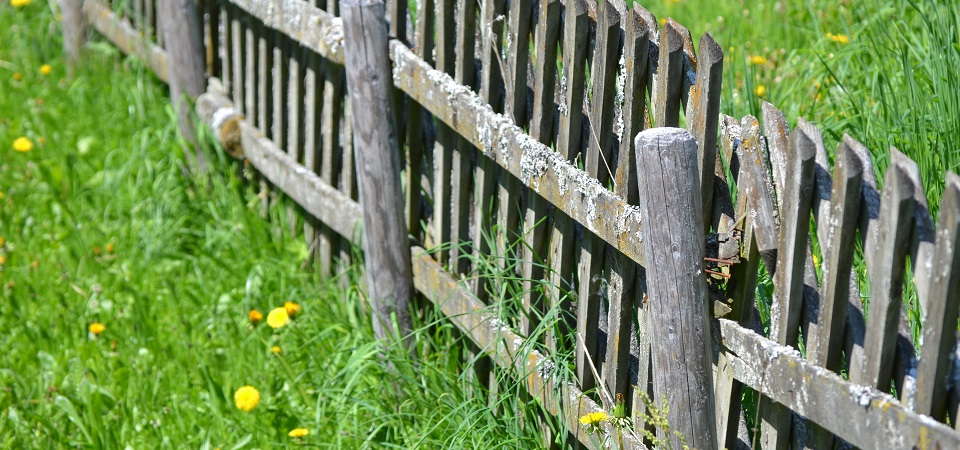Fixing fences and walls around your property can lead to some tricky – and potentially costly – problems with neighbours. Louise Thornsby explains the legal implications
Boundary fences and walls between gardens sometimes become a thorny issue that cause difficulties among neighbours. Occasionally these escalate into serious disputes. So being aware of your responsibilities can help to avoid domestic hassle and legal complications.
Your first line of inquiry
The first step is to check your property deeds – HM Land Registry documents contain a scale plan. You should look for ‘T’s marked on the boundaries. Any Ts on your side of a boundary line indicate that you are the owner – and are therefore responsible for maintaining the wall or fence.
If a T is matched by another T on the other side of the boundary (together they can look like an H), this suggests the boundary is a party wall or fence.
How potential complications can arise
Responsibility for maintaining party walls or fences is typically shared equally between the parties – although establishing whether jointly-funded repairs are actually necessary can be a matter of opinion.
If the deeds contain no indication of ownership, it may not be clear who is responsible. In this case it’s worth checking whether the deeds contain any ‘repair covenants’ in relation to the wall or fence.
Why things are not always as they appear
However, even if Land Registry documents suggest one party is responsible for maintaining a fence or wall, this isn’t necessarily so. For instance, if a particular party has assumed responsibility for maintenance over a number of years, they may have become legally responsible.
Nonetheless, it can be difficult to prove that such a situation exists and the question of enforcement is equally challenging.
Why it’s good to talk things through
Land disputes can be disproportionately expensive and complex, so it’s always best to amicably discuss any issues with your neighbour.
Agreeing on who is responsible for boundary maintenance can be straightforward and neighbours are also able to establish formal boundary agreements. These set out where the boundary lies and who should pay for what. A boundary agreement can be drafted by a solicitor and lodged with the Land Registry for a small fee.
For further advice on maintaining neighbouring fences and walls, call Louise Thornsby on 0161 761 8061, or email her at Louise.Thornsby@whnsolicitors.co.uk













